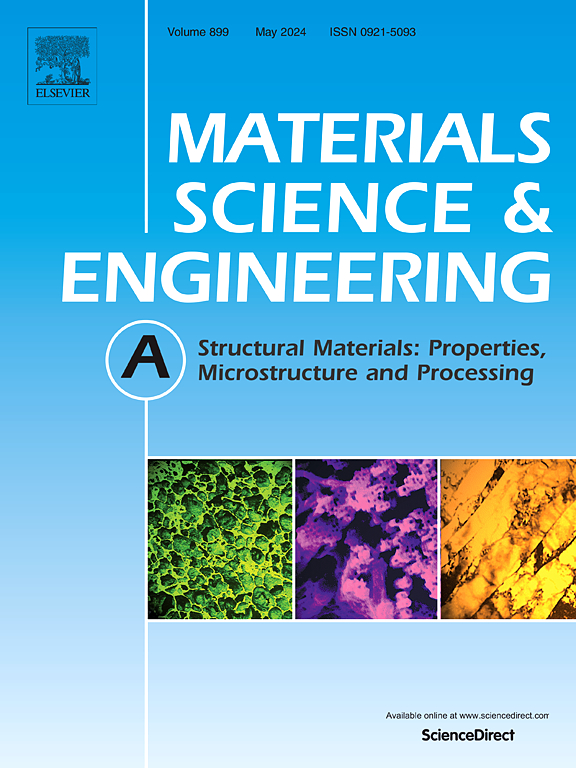Improving the ductility of a high-Fe die-casting aluminum alloy via TiB2-induced formation of metastable Fe-rich intermetallics
IF 7
2区 材料科学
Q1 MATERIALS SCIENCE, MULTIDISCIPLINARY
引用次数: 0
Abstract
Vacuum-assisted high-pressure die casting (HPDC) is widely employed in high-end sectors such as base station equipment and new energy vehicles, owing to its exceptional forming precision and outstanding casting performance. Concurrently, with the progress of green manufacturing, recycled aluminum alloys have emerged as a vital option for meeting sustainable development needs, thanks to their high resource utilization and cost-effectiveness. However, accumulation of Ferrum (Fe) in recycled aluminum can lead to the formation of coarse and irregularly shaped Fe-rich intermetallics, leading to the impairment of the mechanical characteristics of the material. This work explores the impact of TiB2 particles on the mechanical performance of an AlSi10Mg alloy containing up to 0.7 wt% Fe prepared by vacuum-assisted HPDC process. The study confirms that the use of TiB2 particles improved the ductility of the castings markedly. The modified alloy achieves a tensile strength of 312 ± 10 MPa and an elongation of 9.2 ± 0.3 %. The elongation has recorded an improvement of 50.8 % with respect to the base alloy. The microstructural observation demonstrated that such an improvement can be primarily attributed to transformation of Fe-rich intermetallics from π-AlSiMgFe to β-AlSiFe type, as an unprecedent results of the TiB2 incorporation.
通过tib2诱导形成亚稳富铁金属间化合物提高高铁压铸铝合金的延展性
真空辅助高压压铸(HPDC)以其优异的成型精度和铸造性能被广泛应用于基站设备、新能源汽车等高端领域。与此同时,随着绿色制造的进步,再生铝合金由于其高资源利用率和成本效益而成为满足可持续发展需求的重要选择。然而,铁(Fe)在再生铝中的积累会导致形成粗糙且形状不规则的富铁金属间化合物,导致材料的力学特性受损。本研究探讨了TiB2颗粒对真空辅助HPDC工艺制备的含铁量高达0.7 wt%的AlSi10Mg合金力学性能的影响。研究证实,TiB2颗粒的使用显著提高了铸件的延展性。改性合金的抗拉强度为312±10 MPa,伸长率为9.2±0.3%。与基体合金相比,伸长率提高了50.8%。显微组织观察表明,这种改善主要归因于富铁金属间化合物从π-AlSiMgFe型转变为β-AlSiFe型,这是TiB2掺入的前所未有的结果。
本文章由计算机程序翻译,如有差异,请以英文原文为准。
求助全文
约1分钟内获得全文
求助全文
来源期刊

Materials Science and Engineering: A
工程技术-材料科学:综合
CiteScore
11.50
自引率
15.60%
发文量
1811
审稿时长
31 days
期刊介绍:
Materials Science and Engineering A provides an international medium for the publication of theoretical and experimental studies related to the load-bearing capacity of materials as influenced by their basic properties, processing history, microstructure and operating environment. Appropriate submissions to Materials Science and Engineering A should include scientific and/or engineering factors which affect the microstructure - strength relationships of materials and report the changes to mechanical behavior.
 求助内容:
求助内容: 应助结果提醒方式:
应助结果提醒方式:


